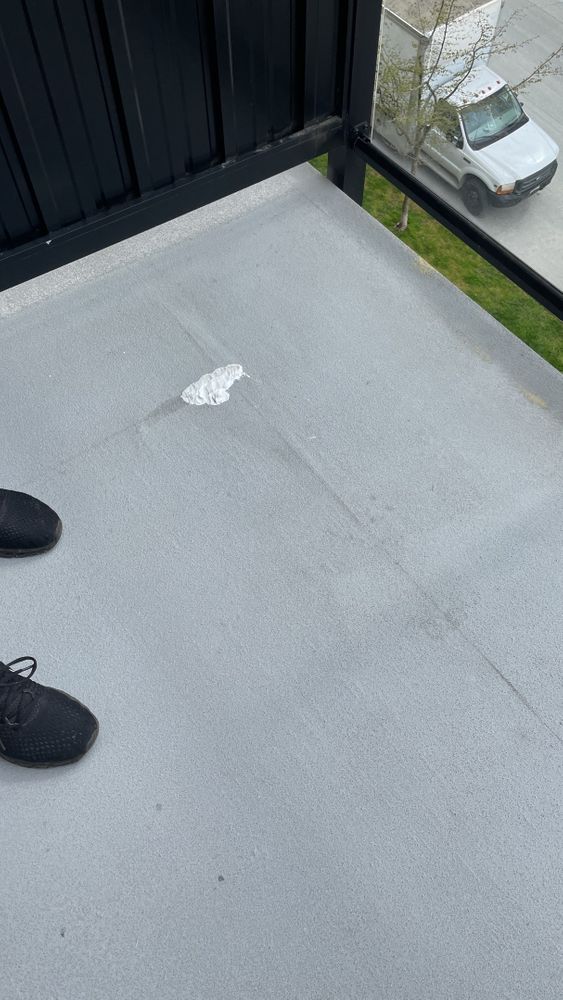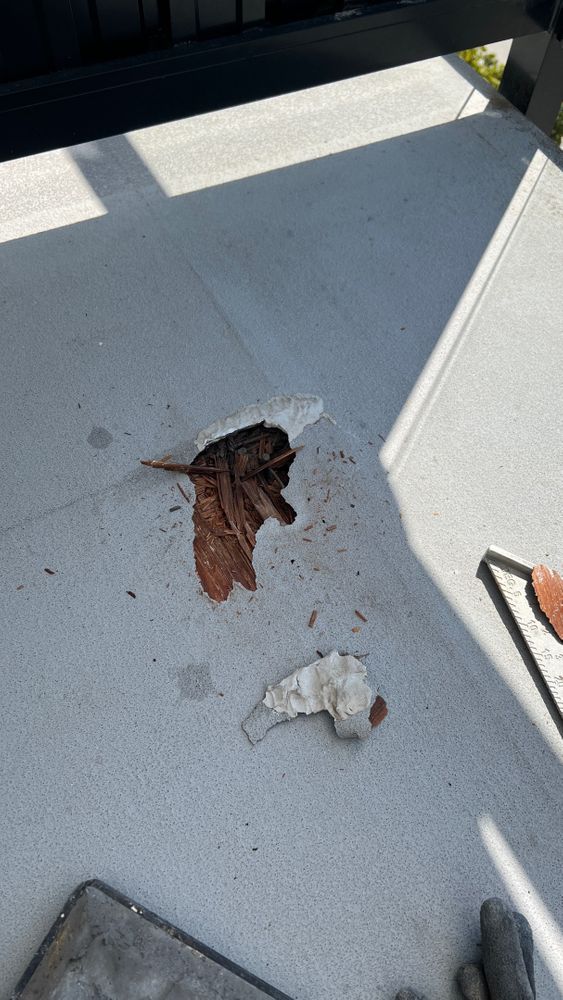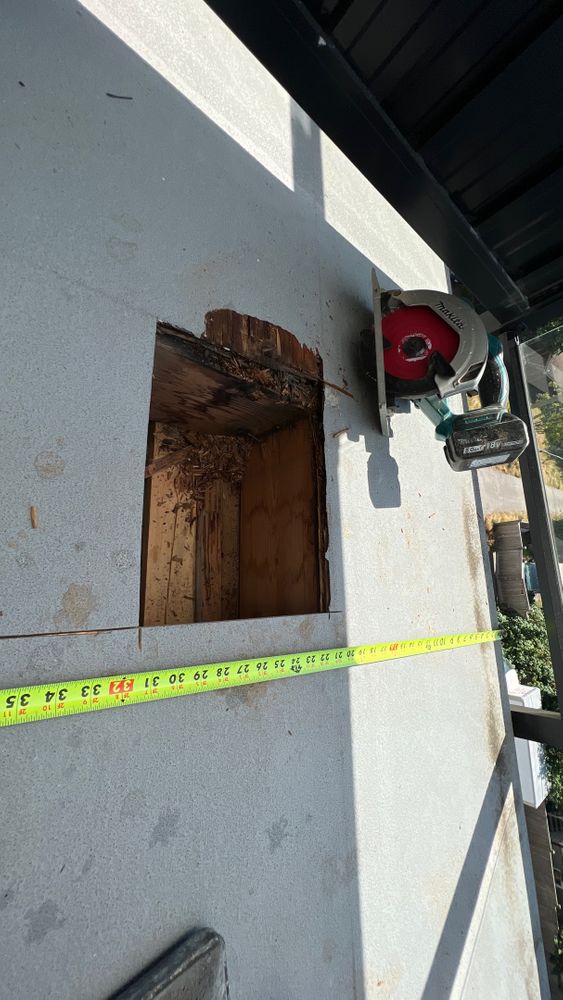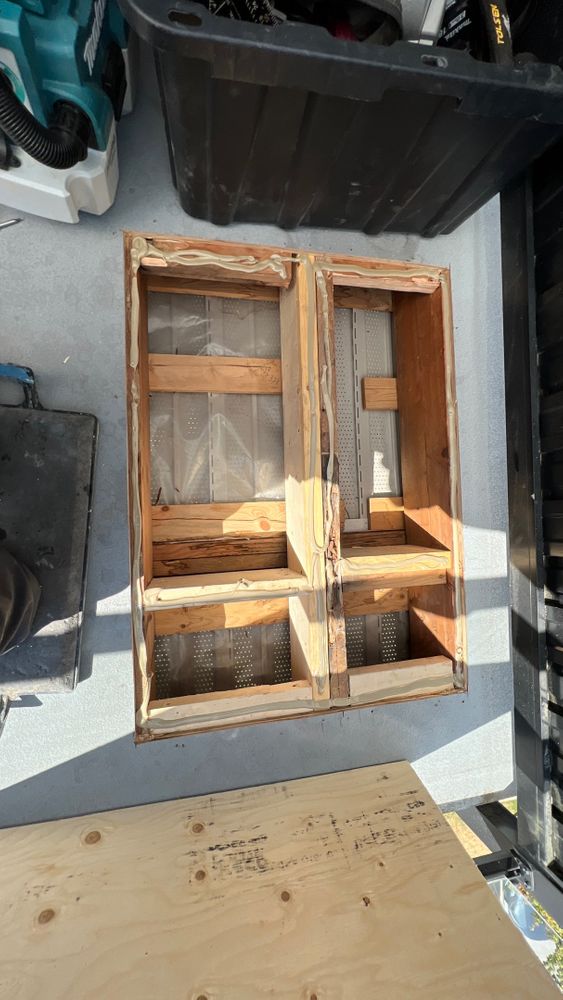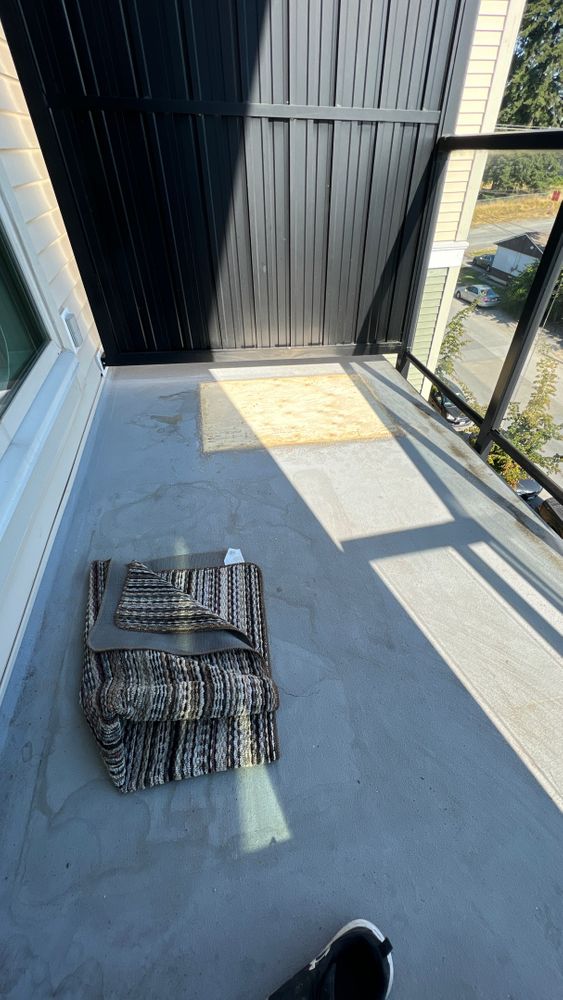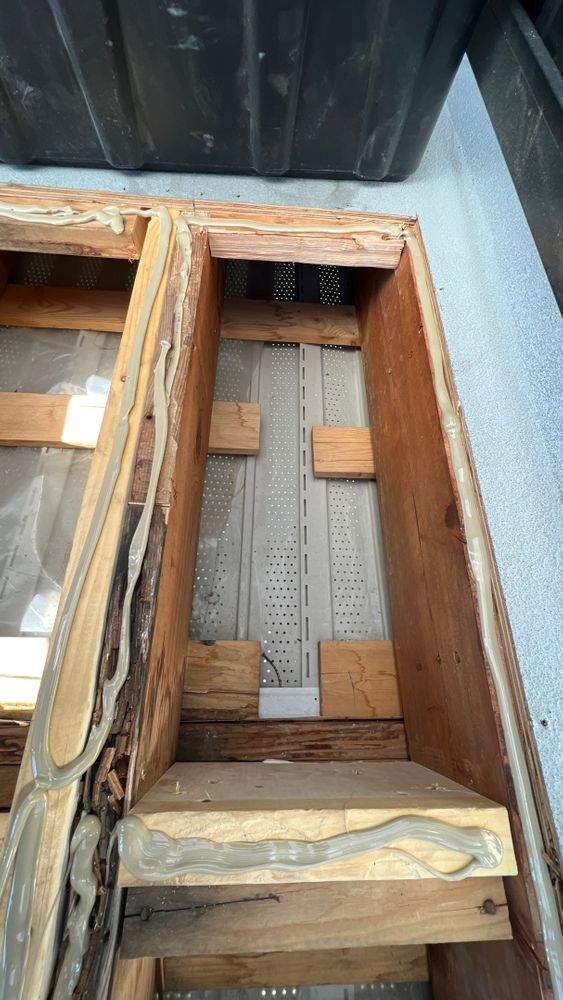Catching problems early is crucial in maintaining the exterior of a building and to ensure its longevity and the safety of its occupants. Neglecting small exteriors details such as paint, coatings and sealants can lead to expensive problems such as water damage, leaks, rotting, and mold growth. If neglected, these issues can weaken the building’s structure, resulting in costly repairs. A poorly maintained building can also decrease its value and cause dissatisfaction among those who live there, leading to lost revenue and difficulty finding new tenants or selling.
A proactive approach to building maintenance is necessary to avoid expensive remediation in the future. Regular inspections and maintenance of the building’s exterior will help catch any issues early before they become major problems, saving building owners, managers, and maintenance personnel time, money, and headaches that come with extensive repairs or replacements. By staying on top of maintenance, building owners can avoid expensive repairs in the long run and keep their buildings in top condition for the safety and satisfaction of their tenants.
An Example
Neglecting or improperly repairing a small hole in a balcony and leaving it for years can allow water to enter and rot away the floor joists.
The accompanying pictures are an example of the reactive approach. A small hole was sealed with caulking but it continued to leak. Ultimately this required the floor to be cut open and sections of the floor joists to be replaced. Had this been repaired earlier it could have saved hundreds of dollars.
Building Envelope Maintenance
The building envelope is the physical separator between the conditioned and unconditioned environment of a building. It consists of walls, roof, foundation, windows, doors and all the components that make up the enclosure. A building envelope that is not properly maintained can lead to water ingress, energy loss and structural damage. Water infiltration can cause wood rot, deterioration of concrete and metal components and mold growth, eventually compromising the structural integrity of the building.
Failed Coatings, Caulking and Sealants
Coatings, caulking and sealants may seem trivial, but they are important components of the building envelope. They help to seal gaps, prevent water intrusion and improve energy efficiency. If they fail, they can lead to water ingress and subsequent damage. For example, failed caulking around windows can allow water to enter and cause wood rot in the framing. Failed sealant around a concrete expansion joint can allow water to enter and cause the concrete to deteriorate.
Proactive Approach
A proactive approach to building maintenance involves inspecting the building envelope regularly for signs of damage or wear. This includes checking for failed coatings, caulking and sealants, as well as checking for signs of water infiltration such as water stains or mold growth. Small problems should be addressed promptly before they become bigger problems.
In conclusion, a pro-active approach to building maintenance can save you time and money in the long run by catching small problems early before they become big problems. Regular inspections and prompt repairs of failed coatings, caulking and sealants can prevent water infiltration and subsequent damage. Don’t wait until it’s too late to address building envelope maintenance. Contact Speck Painting for professional building maintenance services today!
